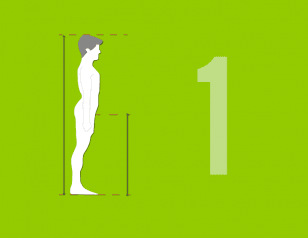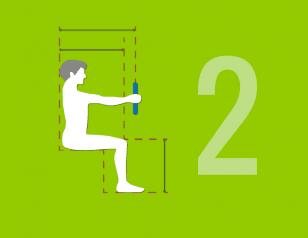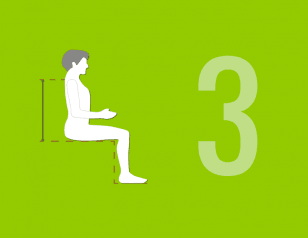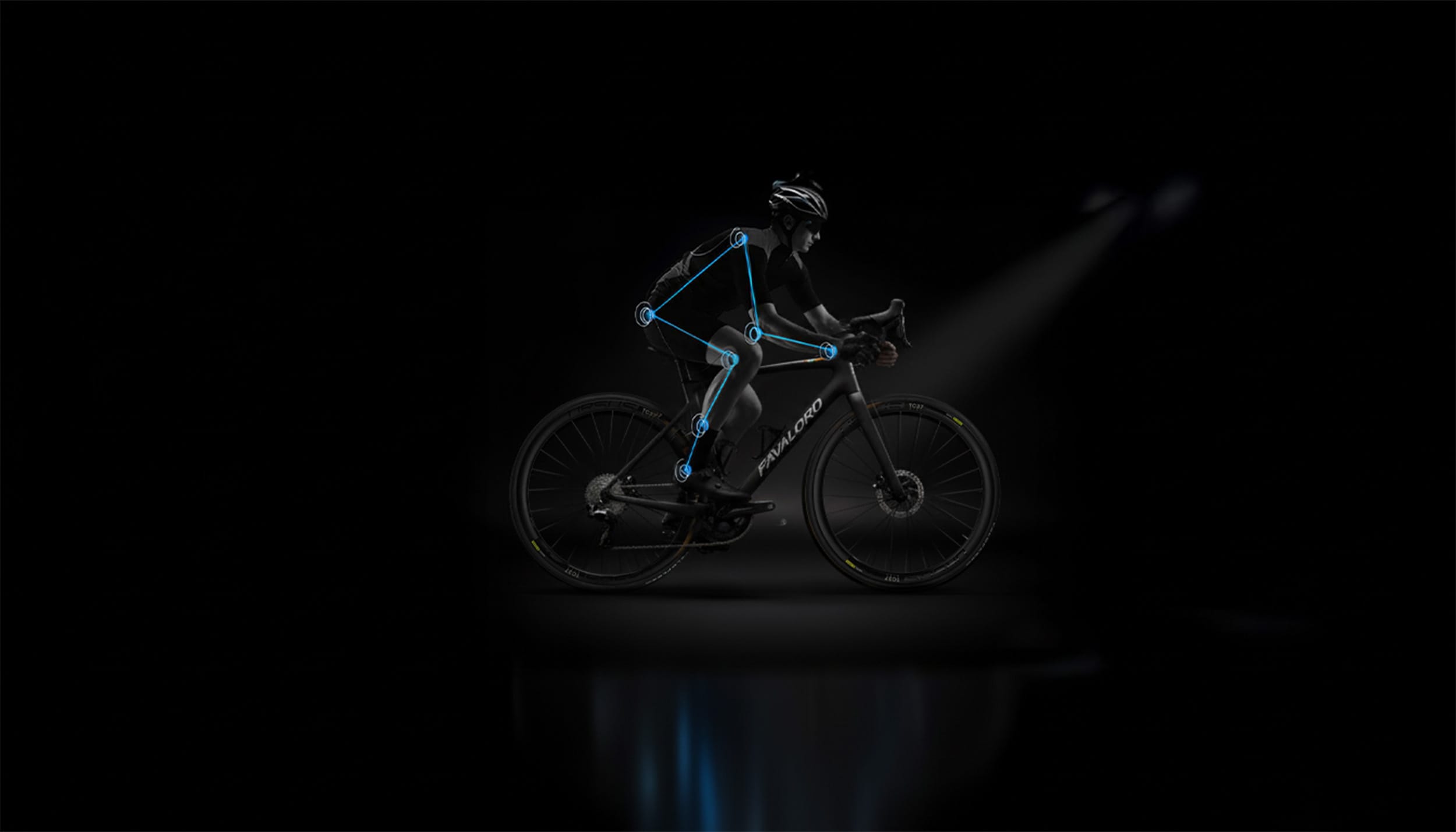What to measure for the right bike size
The traditional definition of a ‘custom bike’ does not do justice to Michele’s work within this production and commercial context. With the deep passion that has always driven the innovation behind his creations, he doesn’t simply talk about “custom bikes”. Based on each athlete’s anthropometric profile — and with the skill of a true craftsman — Michele personalises the graphic design of the chosen frame and, using the tools in his workshop, shapes a unique and unrepeatable piece from raw materials.
From these particular skills, visions, and methods, tailor-made bicycles come to life — built from handcrafted frames and customised according to the needs and goals of each athlete.
Many professionals, for these and even more important reasons, come to Michele’s workshop to solve problems, find their ideal bike, and improve their performance. In the same way, a world of semi-professionals and enthusiasts who cover thousands of kilometres discover a whole new universe: one made of millimetres that can transform the quality of both sport and life.
Whether you’re a professional, amateur, or passionate rider, FM Bike applies the same care and attention to building your custom bike — a bike that’s yours and yours alone.
Measurements for a custom bike: the professional’s experience
An incorrectly sized bike, a poorly adjusted saddle, or a frame that’s too large or too small can reduce pedalling comfort and, consequently, training efficiency.
That’s why FM Bike supports you throughout this delicate process as well. By measuring your inseam, arm, torso, thigh, and tibia, we’re able to determine the perfect specifications for your needs. This process ensures a high level of comfort on the bike and smooth pedalling — key factors that will allow you to train at your best.
1) Crotch measurement
The subject must stand upright, with back and shoulders against a vertical wall,
wearing shorts, barefoot, and with feet slightly apart.
The measurement should be taken using a square, extended to the maximum possible height.

2) Arm measurement
This measurement must be taken with the subject in the same position as described above.
The subject must grip a cylinder with the same diameter as the handlebar and extend the arm horizontally without lifting the shoulders from the wall; the measurement to be taken is the distance between the wall and the cylinder.

3) Trunk measurement
This measurement must also be taken with the subject in the same position as described above.
The subject must grip a cylinder with the same diameter as the handlebar and extend the arm horizontally without lifting the shoulders from the wall; the measurement to be taken is the distance between the wall and the cylinder.

4) Thigh measurement
The subject must remain in the same position used for the arm measurement.
The tibia must be kept vertical and the thigh horizontal; place a rod across the kneecaps and measure the distance between the wall and the rod.
5) Tibia measurement
In the same position as previously described, ensure the tibia is vertical.
The measurement to be taken is the distance between the floor and a rod placed across the subject’s knees, aligned with the upper edge of the kneecaps.
Notes
Special care must be taken when measuring the crotch and the trunk. These two measurements carry the greatest weight when calculating the frame size. From an anthropometric perspective, a subject is considered to have “standard proportions” when the ratio between the torso and inseam measurements is approximately 0.73.
For average proportions, this results in a frame with essentially equal — or slightly differing — lengths for the seat tube and the top tube (frame length). Conversely, if the torso measurement exceeds the inseam, the top tube and seat tube lengths will need to be proportionally longer. The results obtained by following this procedure allow us to create a truly unique product, one that varies from individual to individual.


